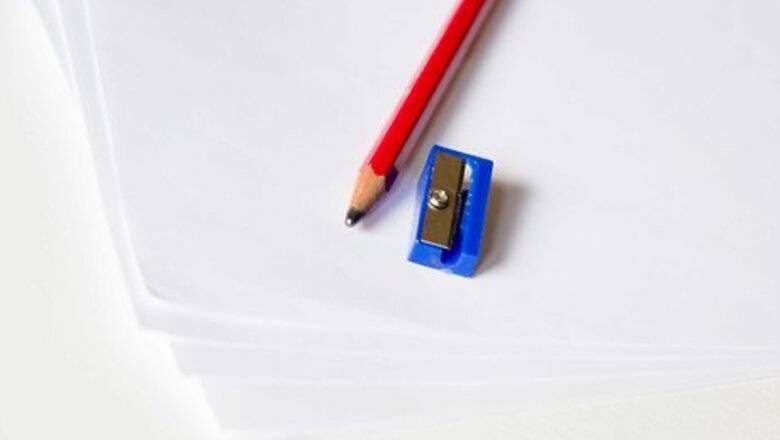
views
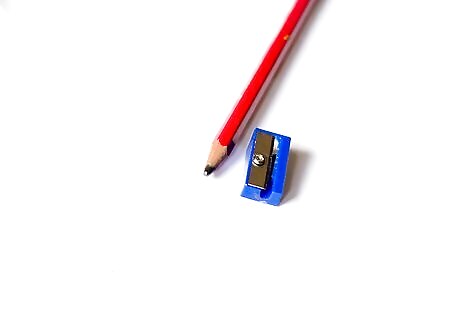
Organize your area of work. Have pencil, pen, eraser and sufficient paper for your drafts and notes.

Make sure you have plenty of space around your area. A desk full of stuff is no good.

Set a topic in which you have knowledge or interest in.
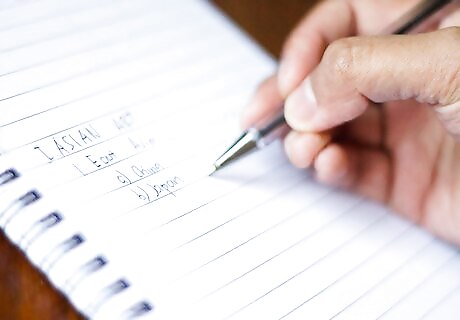
Organize your ideas. The best way to know what to say is to write down all your ideas down before starting.
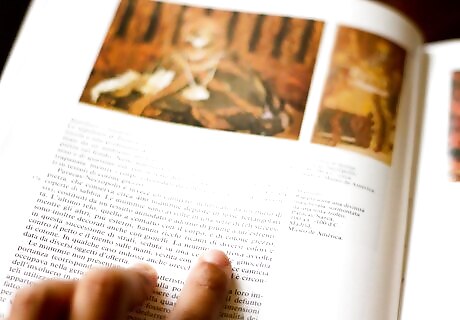
Research on the subject. Add any interesting/useful information you may use to the list you made on the previous step.
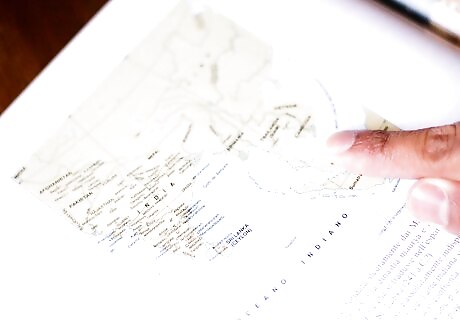
Get your facts straight. It’s very important not to mix your personal thoughts with your information.

With everything set, start your drafts. Your introduction has the main importance of drawing in the reader’s attention. The best way to do so is to describe a situation which the reader can familiarize with. Make them interested.
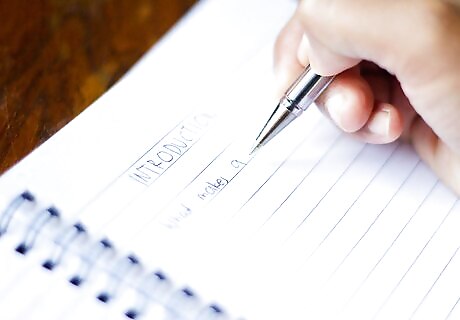
Another way of doing it is to present the reader with questions in the introduction. Their curiosity to find the answers should lead them deeper into your text.
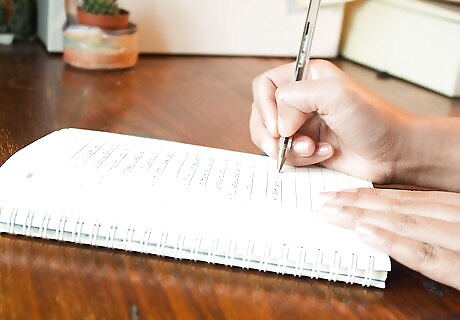
Slowly develop your point throughout the writing. Remember: it’s vital that you know how to connect and make transitions in between your ideas, this helps the reader to follow your line of thinking.
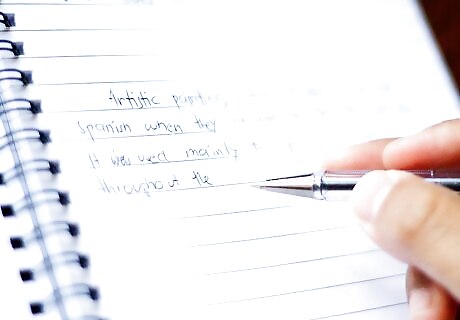
Avoid flooding the reader with too much information at once. One common mistake is trying to use all the information at your disposal. Not suggested. With your point shown in the development of the text, it’s time to conclude.
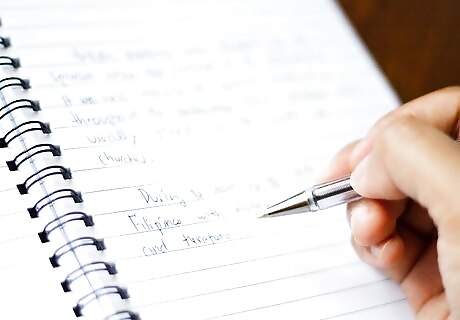
The main thing about the conclusion is to enforce the point of your text in a short paragraph. Answer any questions that may have been left behind. Summarize what you meant to say during your text… but try not to be blatantly obvious.
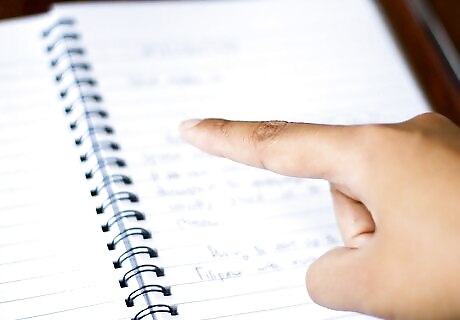
Review your text. The best way to do so is trying to adopt the perspective of a reader. Determine if your text is clean and direct.

Take note of the good parts of your draft, check on how to improve the not-so good points. Don’t be afraid of making a mess… it should sort out by the end.

If needed, start another draft. Vary on the way you write the parts of your text, both the good and the bad. You might improve parts that you didn’t even think could be improved!

When you’re done, try to mix all the notes of good parts you got from your drafts to maximize the potential of your text. Be careful with the coherence!

















Comments
0 comment